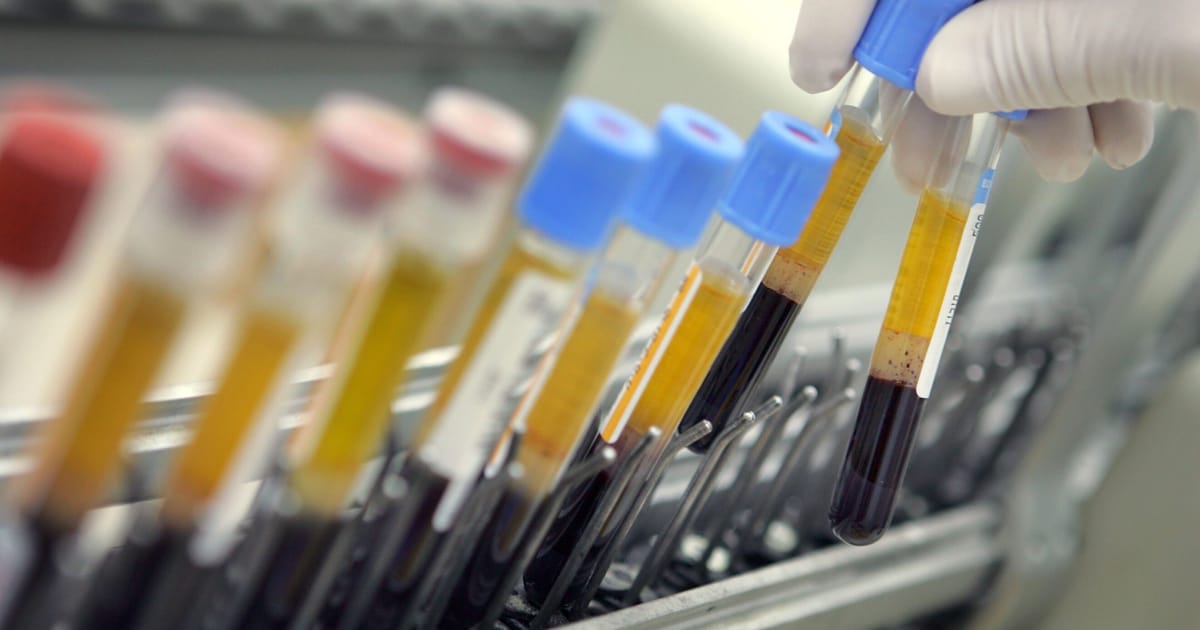

In recent days, attention across the Netherlands and Australia has been captured by significant updates in public health and safety. These updates traverse the spectrum from health-related concerns to institutional adjustments, emphasizing a collective pursuit of well-being and safety across communities.
The Netherlands is addressing revelations from a recent survey that shines a light on the widespread presence of so-called “forever chemicals,” also known as PFAS, in the blood of every surveyed Dutch person. These chemicals, known for their persistence in the environment, have raised concerns about long-term health impacts. While the discovery of PFAS in blood samples is concerning, it is unfolding in a framework of increased environmental awareness and public health initiatives aimed at mitigating exposure to harmful substances. Efforts to understand the sources of these chemicals and to establish guidelines for reducing exposure are ongoing, promising a balanced approach to tackling this issue.
Meanwhile, in Australia, important decisions are shaping the future of healthcare and child safety. The Royal Prince Alfred Hospital in Sydney recently announced a pause on cuts that were proposed for staffing levels in its women and babies unit. This decision follows a spirited protest by midwives and clinical staff who were concerned about the potential risks these cuts posed to mother and child safety during childbirth. The rally was a unified appeal to management to reconsider the staffing changes, and the hospital’s response reflects a commitment to holistic healthcare and ensuring the safety and satisfaction of both staff and patients.
Childcare safety has also become a focal point in Australia, as the federal government is set to expedite legislation aimed at strengthening safety oversight in childcare centers. The new laws will empower regulators to conduct more spot checks and establish funding cuts for centers that fail to meet safety standards. This legislative action is in response to alarming allegations of misconduct in a Melbourne childcare facility, and it underscores the importance of creating secure environments for children. Concurrently, Victoria’s government has appointed former South Australian Premier Jay Weatherill and senior bureaucrat Pamela White to spearhead a detailed review of childcare safety protocols, aiming to reinforce protective measures for young children.
Against this backdrop, discussions around educating children on body safety have gained prominence. Parents and guardians are encouraged to engage in open dialogue with their children about personal safety, equipping them with the necessary language and confidence to communicate discomfort or seek help from trusted adults. This initiative is not just about immediate protection but also empowering children to establish boundaries and recognize unsafe situations.
Collectively, the measures and reforms emerging from these discussions in the Netherlands and Australia illustrate a conscientious endeavor to enhance safety and health standards. These developments signify a commitment to safeguarding communities and creating systems that prioritize public well-being with a thoughtful and sensitive approach.
Source: {link}
